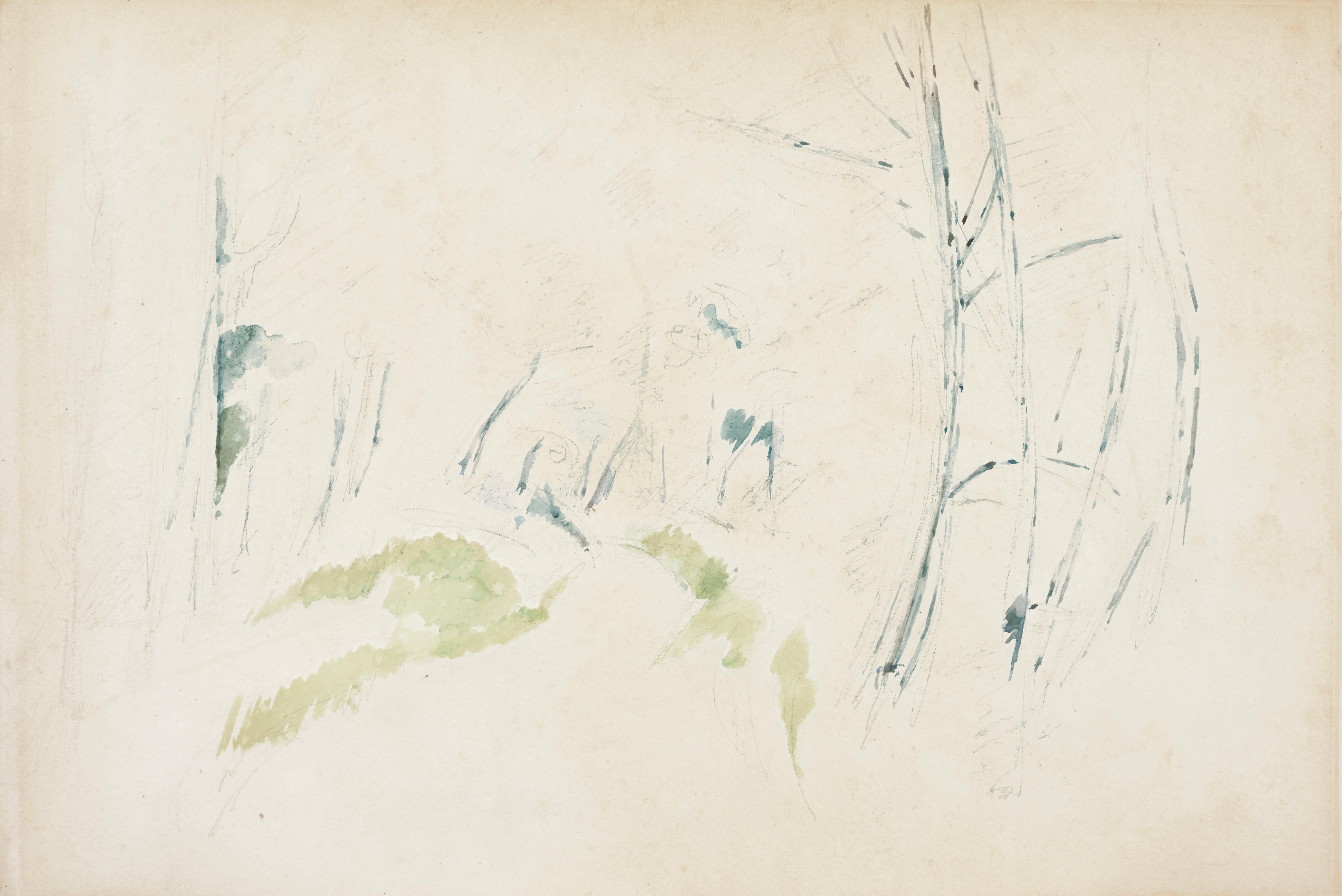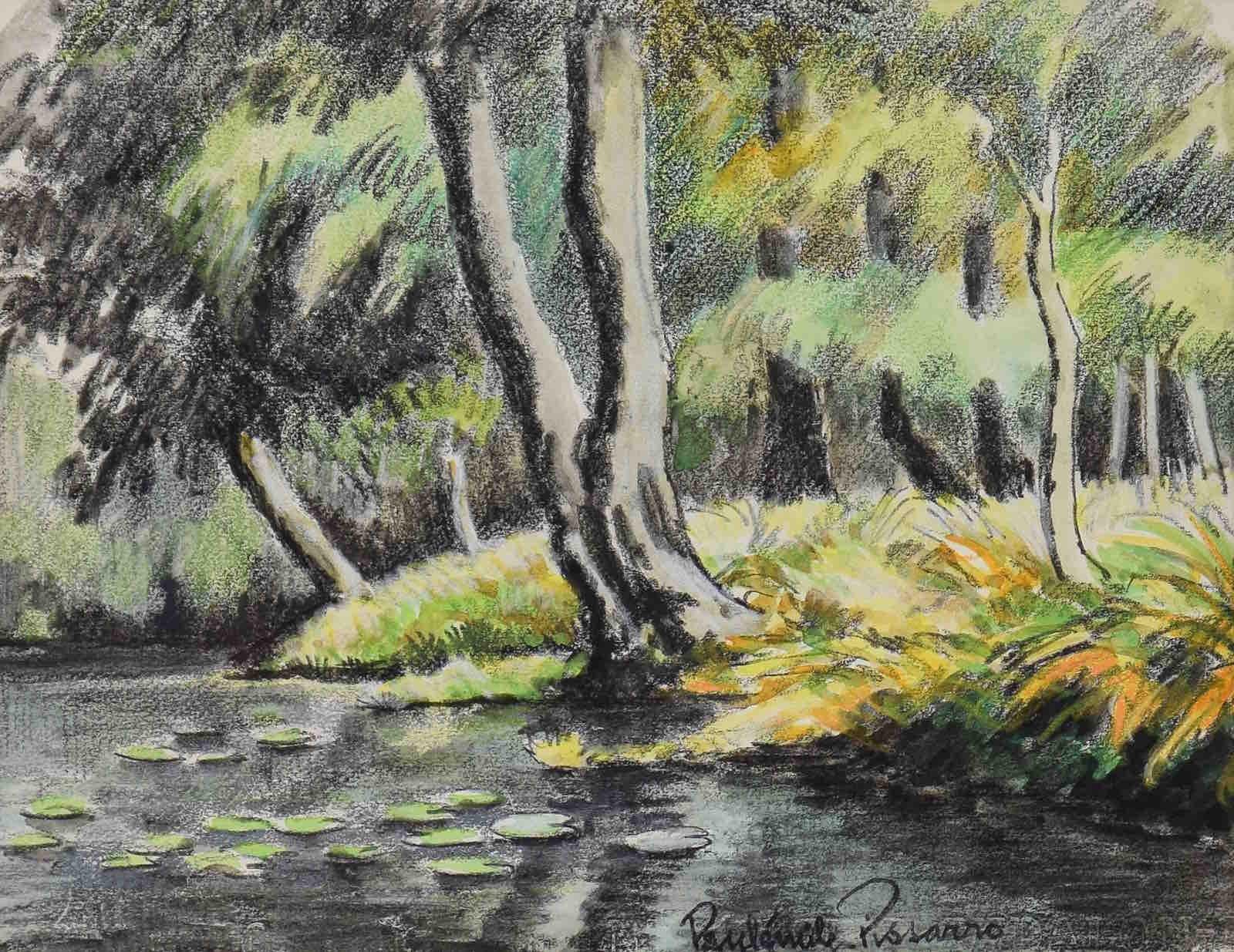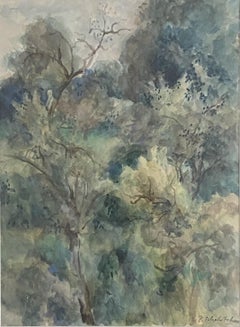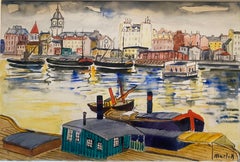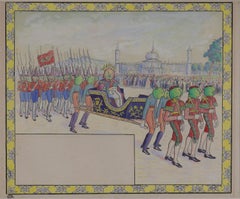Reynolds BealJunction of Woodland and Esopus Creek1919
1919
About the Item
- Creator:Reynolds Beal (1867 - 1951, American)
- Creation Year:1919
- Dimensions:Height: 14.5 in (36.83 cm)Width: 20.5 in (52.07 cm)
- More Editions & Sizes:14.5 x 20.5Price: $4,800
- Medium:
- Movement & Style:
- Period:
- Condition:Housed in a hand carved gold leaf frame.
- Gallery Location:Los Angeles, CA
- Reference Number:1stDibs: LU3913766382
Reynolds Beal
Known as one of the early American Impressionists, artist Reynolds Beal was born in 1867 and studied at Cornell from 1885–89 with a focus on naval architecture. His formal art training would come later as he studied under William Merritt Chase at Chase's school in Shinnecock, Long Island, in 1896.
Beal's love of yachting resulted in paintings of maritime scenes from Rockport to the Hudson, as well as the Caribbean, from his own sailing boat that doubled as his studio. His first solo exhibition took place at the Clauson Gallery in New York City in 1905. In 1917 he was a founding member of the Society of Independent Artists. Beal was one of the few Americans chosen to have their work exhibited at the Luxembourg Museum in Paris in 1919.
Beal was a member of the Salmagundi Club, the American Watercolor Society, the Society of American Engravers, the National Arts Club and was elected an associate member of the National Academy of Design. He also founded the New Society of Artists, which consisted of 50 of the most influential painters of that time, among them, Childe Hassam, Maurice Prendergast, George Bellows and William Glackens.
Find authentic Reynolds Beal art on 1stDibs.
- ShippingRetrieving quote...Ships From: Edgewater, NJ
- Return PolicyThis item cannot be returned.
More From This Seller
View All1940s Abstract Impressionist Landscape Drawings and Watercolors
Watercolor
1940s Post-Impressionist Mixed Media
Watercolor, Gouache, Graphite
1940s Post-Impressionist Mixed Media
Watercolor, Gouache
Mid-20th Century Post-Impressionist Figurative Paintings
Canvas, Oil
1940s Post-Impressionist Landscape Paintings
Oil
1920s Post-Impressionist Figurative Paintings
Oil, Canvas
You May Also Like
19th Century Post-Impressionist Landscape Drawings and Watercolors
Watercolor, Pencil
1960s Fauvist Landscape Drawings and Watercolors
Watercolor
19th Century Post-Impressionist Landscape Drawings and Watercolors
Watercolor, Paper
20th Century Post-Impressionist Figurative Drawings and Watercolors
Ink, Paper, Watercolor
Early 20th Century Fauvist Landscape Drawings and Watercolors
Gouache
1960s Post-Impressionist Landscape Drawings and Watercolors
Watercolor
